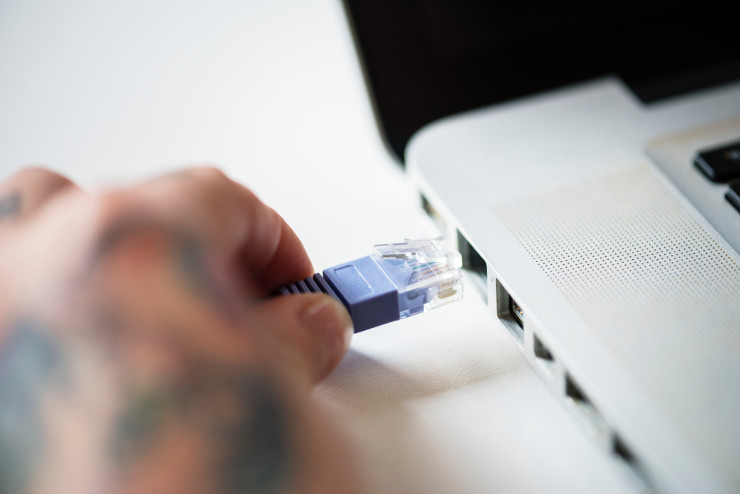Ethernet over power lines works brilliantly with hosted VoIP. We examined various alternatives to extend the range of your VoIP connection and conclude that Ethernet over Power Line or mains borne Ethernet simply rocks.
VoIP phones need an internet connection to allow all of them to work. Just as old fashioned POTS phones need a phone line. But what if you want all of the power of a VoIP phone system and you haven’t got a network connection nearby?
How about using Wifi?
There are no WiFi VoIP phones in mainstream use. One solution is to use the WiFi facility on a mobile phone, such as an Iphone or an Android device, and then run a softphone such as 3CX or Bria. We have tried both but the results aren’t great. If you have a rock steady WiFi connection with very low latency then things might be fine but in real world conditions with an ADSL2 connection the voice quality varies from Dalek unintelligible to a poor phone line. In an average environment you wouldn’t want to do business with this as a system.
However when we took a laptop and connected a USB phone and then installed a softphone we had a solution that worked very well. You can read all about this here. That’s great if you want to work on the laptop anyway, but if all you want is a good phone connection then connecting a laptop is not the most economical or permanent solution. You wouldn’t want to leave your laptop on just to get phone calls.
How about DECT?
DECT is a much unloved technology – basically because the Americans didn’t invent it. DECT stands for Digital Enhanced Cordless Telecommunications – it is the cordless technology used by many as they wander from room to room talking on their cordless phone.
You can get a VoIP DECT phone system such as that from Gigaset or a standard old fashioned POT’s DECT system. With the VoIP DECT system you get all of the power of a VoIP system so, for example, you can transfer calls and make recordings on demand. The cheaper analogue alternatives are available from Argos for a few pounds. If you are intent on using these with VoIP then you need an digital to analogue converter to convert the VoIP signal to analogue so that the DECT phone station can convert it back to digital. All of which would seem to be a little contrary.
So DECT is a great solution but only if you are content to put the base station near to the router and then carry the handset around with you before returning it when you’ve finished wandering. If you have an office in a loft, for example, you may tire of carrying the handset back and forth. If you forget to charge the handset you don’t have a phone system at all!
How about power line ethernet?
Power line Ethernet works with 2 adaptors both of which plug into a mains electric socket. You plug an Ethernet cable into the 1 adapter and the other end into the router. The 2nd adapter then plugs into another mains socket and you then plug your VoIP phone into that 2nd adapter.
We tested the system with a couple of D-Link power line adapters. We plugged a standard Birchills IP01 phone in. We tried the system around my house where it functioned faultlessly extending the system into the garage and loft easily. I have a shed in the garden about 25 meters away with a mains cable feeding it. The phone refused to register at that distance.
We also tried the system in an office block which was fed by a 3 phase supply. The system worked faultlessly across the circuits and between floors. However again when the distance between the 2 adapters became too great (about 75 meters of cabling) then the phone simply didn’t connect. We tried all sorts of distances and configurations but the phone either worked or it didn’t, there was no in between.
Research on the Internet seems to show that most Ethernet power line adapters behave similarly and the choice seems to come down to configuration ability and looks. It didn’t appear that DLink adapters were in a unique category at all.
Conclusion
I really liked the clarity, simplicity and stability of the power line solution. It just works. With a couple of adapters costing about £32 from Ebuyer or Amazon including VAT, it can’t get much easier.
Power line Ethernet and VoIP just work together easily and simply.

